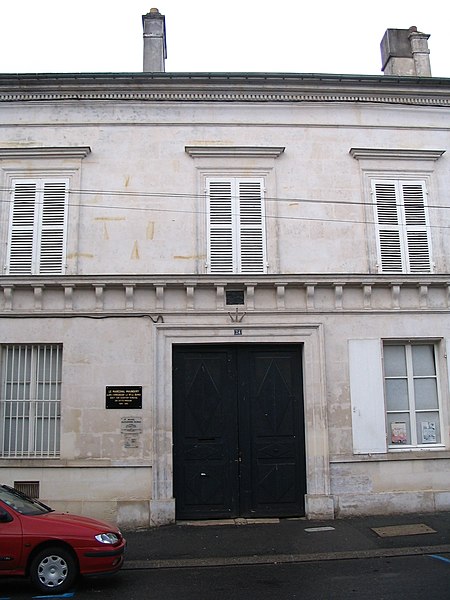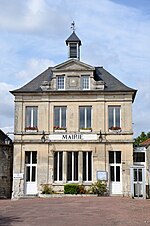Alexandre Dumas Museum
Alexandre DumasMuseums in Aisne

The Alexandre Dumas Museum (French: Musée Alexandre Dumas) opened in 1905 in Villers-Cotterêts in the commune of Aisne, France, where Thomas-Alexandre Davy de la Pailleterie, father of the writer Alexandre Dumas and grandfather of Alexandre Dumas fils, academician, died in 1806. The museum was named a Musée de France in 2002. The museum is one of the various sites in the city which recall the link between Villers-Cotterêts and the Dumas family: the royal château François 1er, the Saint-Nicolas church, the town hall, the Hôtel de l'Épée, the Abbé-Grégoire college or the family house.
Excerpt from the Wikipedia article Alexandre Dumas Museum (License: CC BY-SA 3.0, Authors, Images).Alexandre Dumas Museum
Rue Démoustier, Soissons
Geographical coordinates (GPS) Address External links Nearby Places Show on map
Geographical coordinates (GPS)
| Latitude | Longitude |
|---|---|
| N 49.25302 ° | E 3.08959 ° |
Address
Musée Alexandre Dumas
Rue Démoustier
02600 Soissons, Pisseleux
Hauts-de-France, France
Open on Google Maps









